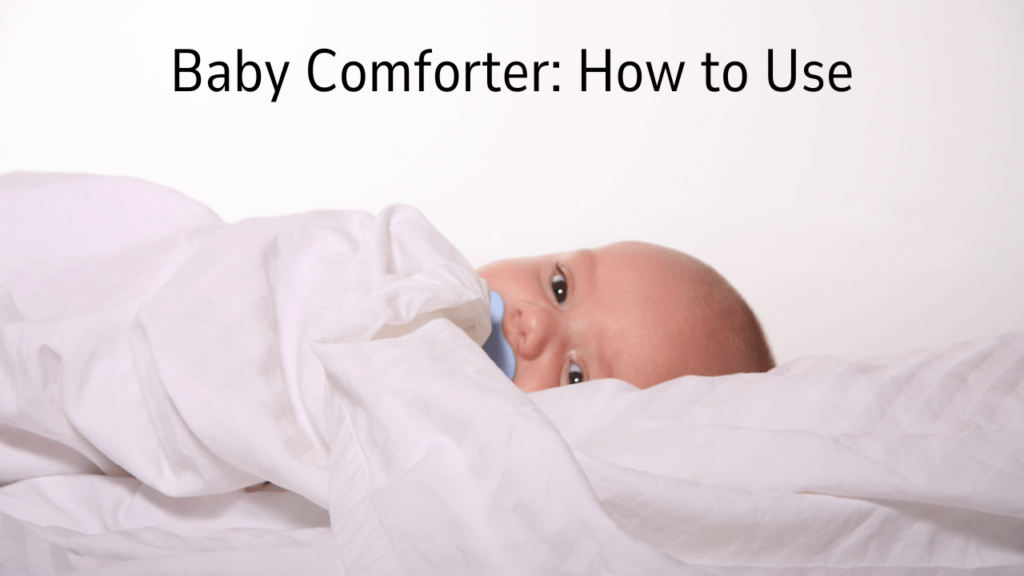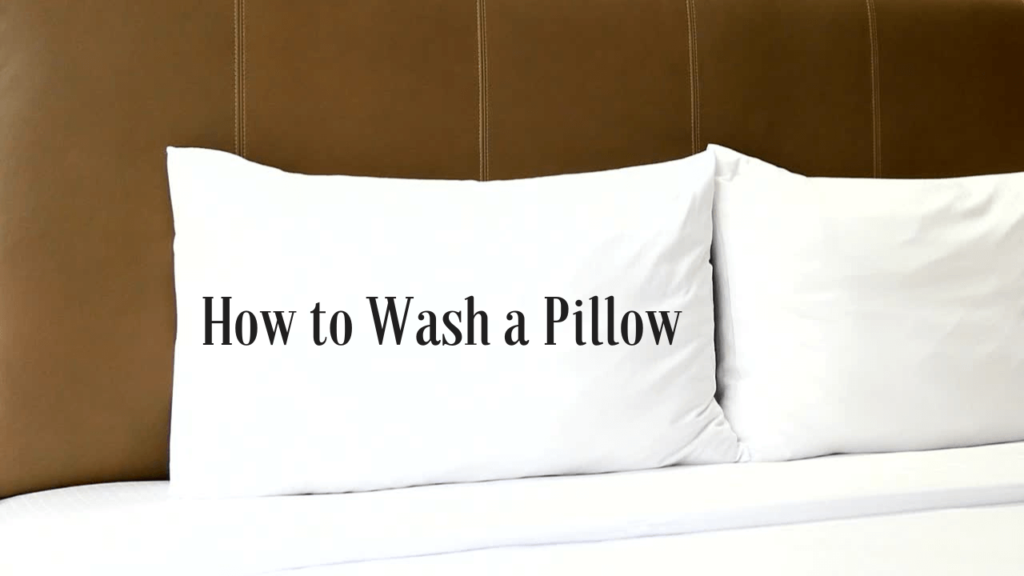A baby comforter can be a great tool for soothing and comforting your baby. It’s designed to help your child feel secure, especially during sleep time or when transitioning to new environments. In this guide, we’ll explain everything you need to know about baby comforters, from their benefits to how to use them effectively. Let’s dive in!
What Is a Baby Comforter?
A baby comforter, also known as a lovey or security blanket, is a small, soft item designed for babies to cuddle with. It often comes in the form of:
- Soft blankets
- Plush toys
- Combination of a toy and blanket
These comforters are usually lightweight, easy to hold, and made from baby-safe materials.
Benefits of Using a Baby Comforter
Baby comforters offer several advantages for both babies and parents:
- Provides Comfort: Helps calm your baby, especially during bedtime or stressful situations.
- Promotes Independence: Encourages self-soothing and reduces reliance on parents for comfort.
- Eases Separation Anxiety: Offers a sense of familiarity when you’re not around.
- Improves Sleep: Helps babies sleep better by making them feel secure.
- Acts as a Transitional Object: Assists in transitioning from one phase to another, like starting daycare.
When to Introduce a Baby Comforter
The best time to introduce a baby comforter is between 6 to 12 months. At this age, babies start to develop attachments to objects, making it easier for them to connect with the comforter.
Important Note: For safety, avoid using a comforter with babies under six months old, as loose items in the crib can increase the risk of suffocation.
How to Choose the Right Baby Comforter
When selecting a baby comforter, consider the following factors:
| Feature | What to Look For |
|---|---|
| Material | Soft, breathable, and hypoallergenic fabrics like cotton or bamboo. |
| Size | Small enough for your baby to hold and carry easily. |
| Safety | No loose parts, buttons, or strings that could pose a choking hazard. |
| Washability | Machine-washable for easy cleaning. |
| Design | Neutral colors or simple patterns that are visually appealing but not overwhelming. |
Step-by-Step Guide: How to Use a Baby Comforter
Here’s a simple guide to introduce and use a baby comforter effectively:
1. Introduce Gradually
- Start by holding the comforter during cuddle time or feeding sessions.
- Let your baby associate it with comfort and love.
2. Make It Smell Familiar
- Keep the comforter close to you for a day or two to transfer your scent.
- Babies find comfort in familiar smells, making it easier for them to bond with the comforter.
3. Use During Bedtime
- Place the comforter near your baby during bedtime (but not directly in their crib for babies under 12 months).
- Gradually, they will associate the comforter with sleep.
4. Take It on Outings
- Bring the comforter along during car rides, doctor visits, or daycare to provide a sense of security.
5. Keep It Consistent
- Avoid switching comforters frequently. A consistent comforter helps build a stronger attachment.
6. Maintain Cleanliness
- Wash the comforter regularly but avoid using strong detergents that could irritate your baby’s skin.
Dos and Don’ts of Using Baby Comforters
Dos
- Introduce at the right age (6+ months).
- Supervise initially to ensure your baby interacts with the comforter safely.
- Choose a high-quality comforter made from safe materials.
- Have a spare in case the comforter gets lost or damaged.
Don’ts
- Don’t force the comforter on your baby if they’re not interested.
- Avoid oversized comforters that could pose a suffocation risk.
- Don’t skip regular washing, as babies tend to chew or suck on comforters.
Common Questions About Baby Comforters
1. Can I Leave the Comforter in the Crib?
- For babies under 12 months, it’s best to remove the comforter from the crib after they fall asleep.
2. How Many Comforters Should I Have?
- Having two identical comforters is ideal. If one is lost or being washed, you’ll have a backup.
3. How Do I Wash a Baby Comforter?
- Check the care label and use a baby-safe detergent.
- Wash at least once a week or more frequently if it gets dirty.
4. What If My Baby Rejects the Comforter?
- Not all babies take to comforters. Try again after a few weeks or explore other soothing techniques.
Tips for Maintaining a Baby Comforter
- Wash Regularly: Keeps it hygienic and fresh.
- Rotate Comforters: Use both identical comforters interchangeably to ensure they wear evenly.
- Inspect for Damage: Check for loose threads or holes that could be hazardous.
Signs Your Baby Is Ready to Give Up the Comforter
Most children naturally outgrow their attachment to comforters. Signs include:
- Less interest in carrying the comforter.
- Sleeping well without it.
- Preferring other forms of comfort, like a favorite bedtime story.
Alternatives to Baby Comforters
If your baby doesn’t take to a traditional comforter, consider these alternatives:
- Soft Muslin Cloths: Lightweight and breathable.
- Teething Toys: Doubles as a comfort object and soothes gums.
- Small Stuffed Animals: Ensure they meet safety standards.
Conclusion
A baby comforter can be a wonderful tool to help your baby feel secure and develop self-soothing habits. By choosing the right comforter and using it correctly, you can make life easier for both you and your little one.
Take the time to introduce the comforter gradually and keep it clean and safe. With patience and consistency, your baby will come to love their comforter as a trusted companion.
Does your baby already have a favorite comforter? Share your experiences and tips in the comments!

Hi, I’m Tanvir, the founder and author of Explore Ireland Now. With a deep love for Ireland and its rich culture, history, and landscapes, I created this site to share everything that makes this beautiful country worth exploring. Whether you’re a local looking for hidden gems or a traveler planning your next adventure, I provide insightful guides, tips, and recommendations to help you experience Ireland to the fullest.
From stunning landscapes to vibrant cities and quaint villages, Ireland is full of wonders waiting to be discovered. Through my personal experiences and research, I aim to bring you the most up-to-date information and inspiration for your journey.
Thank you for visiting Explore Ireland Now—I hope my content helps you uncover all that this incredible country has to offer! If you have any questions or need travel advice, feel free to reach out.



